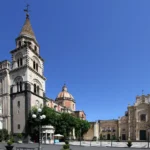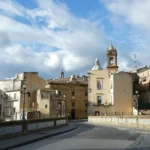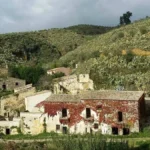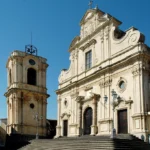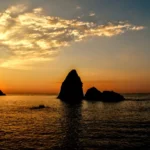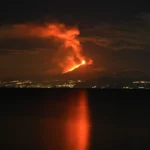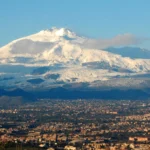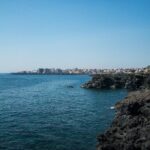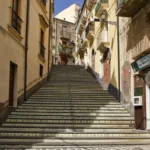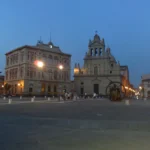Last Updated on 9 May 2025
Introduction
What to see in Catania. This is the city where I studied and where I spent many evenings with friends. It is quite chaotic, but it definitely has a very lively movida, with lots of bars, restaurants and discos. In recent years many streets have been closed to traffic, which has made the heart of the city more livable. From a tourist/cultural point of view it also has a lot to offer, but let’s start with a small introduction of the city.
Catania’s origins go back as far as the Greeks, who, after founding Naxos, built near the Benedictine monastery the first urban center, Katane.
Catania’s past has been very troubled, a city that has always lived with the volcano, Etna. This coexistence was not at all easy, as when in 1669 the lava destroyed part of the city . This event was followed a few years later, in 1693, by a terrible earthquake which severely damaged the city.
Tip from Topsecretsicily: To discover all the secrets of the city you can book a guided walking tour.
What to see in Catania in one day
Google map with places to see in Catania
In this map I made you will find all the must-see places in Catania. Just click on the symbols in purple to get directions and more information.
To locate yourself once you are in the area, click on the enlarge symbol at the top right of the map.
The Cathedral of Catania

Piazza Duomo is the heart of the city of Catania . What we find here today is the result of the reconstruction carried out after the earthquake of 1693. On this square there are various Baroque palaces and the cathedral dedicated to S. Agata, while in its center there is a fountain, with the characteristic liotru, a lava stone elephant that supports an obelisk.
The liotru

The fountain itself was built around 1750, while the elephant and obelisk have much older origins. In fact, the obelisk seems to come from Egypt, brought here by the Romans. The origins of the elephant in lava stone are less certain. It appears to have been built during the rule of the Carthaginians, so more than 2,500 years ago, to protect Catania from the eruption of Mount Etna.
But why was an elephant built in the first place? I did some research, and according to an ancient legend, it seems that the animal had saved the Catanese by driving the ferocious animals out of the city. Being today the symbol of the city, it is rightly included among the things to see in Catania.
Duomo and Terme Achilliane
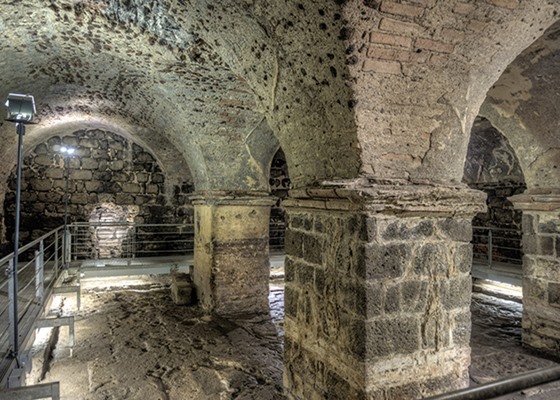
The first cathedral dedicated to Sant’Agata was built by the Normans around the end of the year one thousand , above the Achillian baths which can still be visited today. However, the monument was destroyed by the earthquake of 1693 and was then rebuilt in the Baroque style.
Diocesan Museum
In the museum you will find a number of religious artifacts, liturgical furnishings from the Cathedral and other churches in the city. The terrace where you can admire Catania from above is very beautiful.
Uzeda Gate
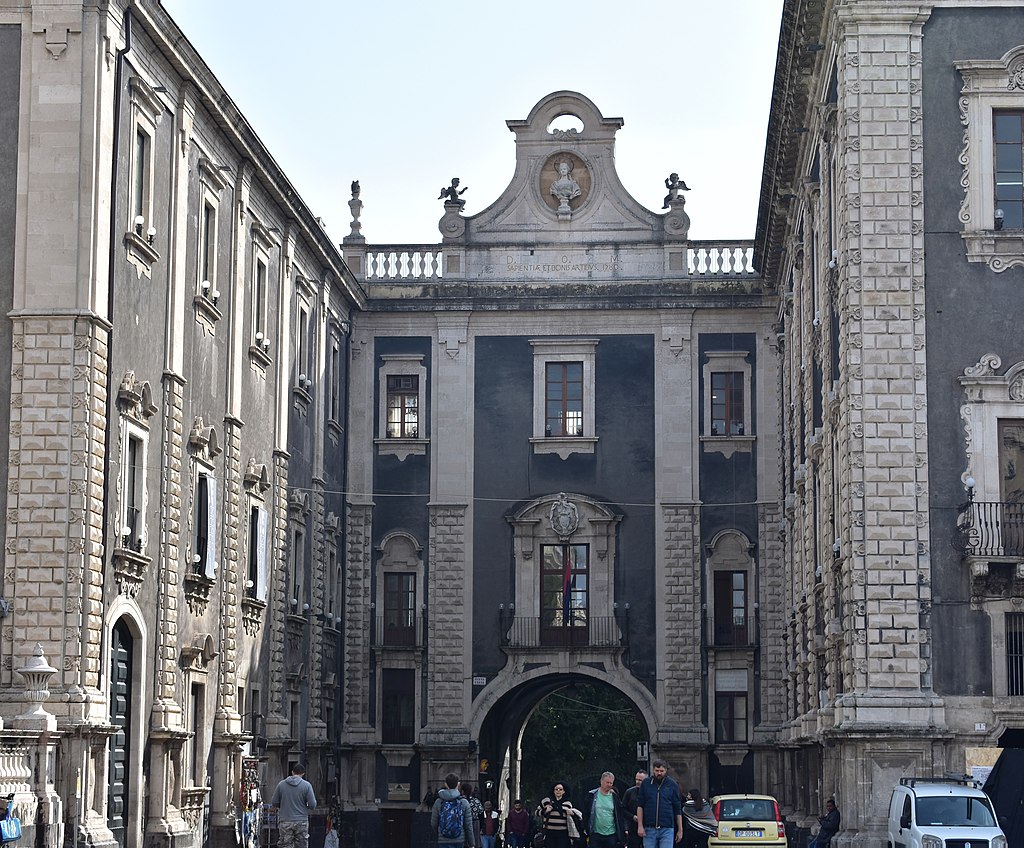
It is a passage opened in 1696 between the ancient walls of the fourteenth century , to allow access to the square. The name derives from the viceroy Francesco Paceco, duke of Uzeda, to whom it was dedicated. Visiting the diocesian museum, as mentioned above, you enter the terrace of this door with a beautiful view of the city, the sea and Mount Etna.
Fountain of the Amenano
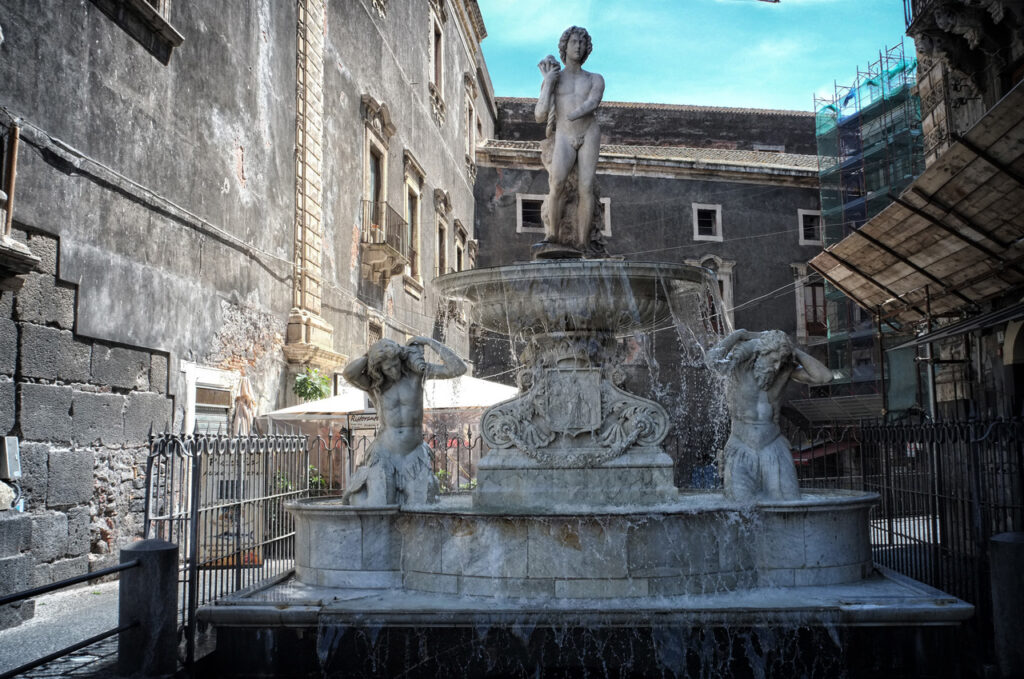
A very particular fountain dating back to the second half of the nineteenth century. In fact, its waters come directly from the Amenano river, a river that has been present here for millennia , but today it flows under the city, due to the lava flows that have buried it.
Biscari Palace at the Marina
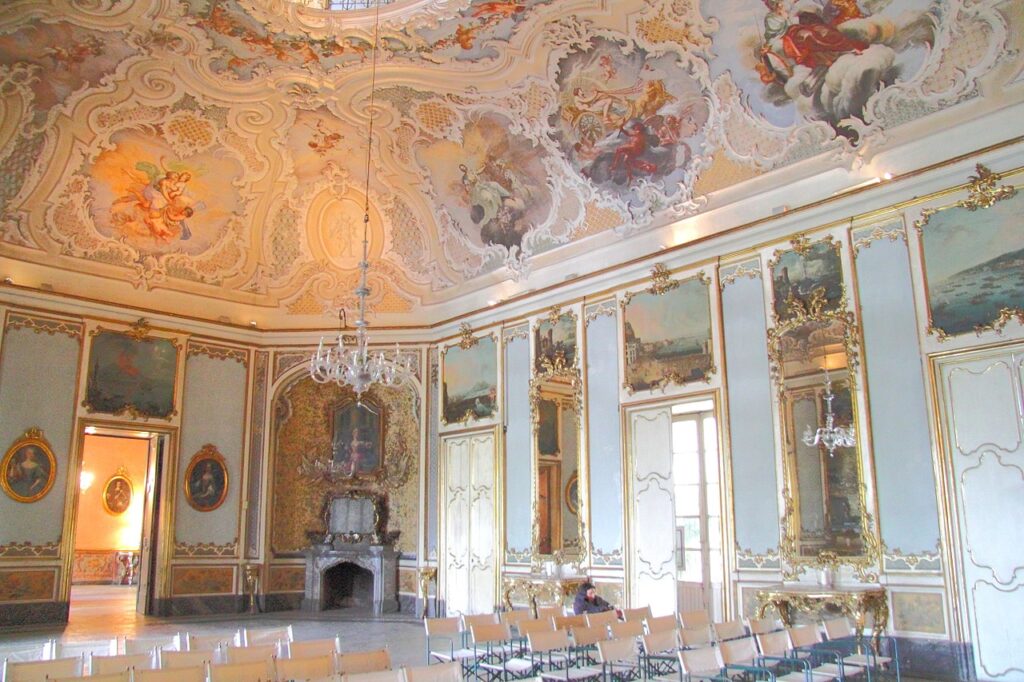
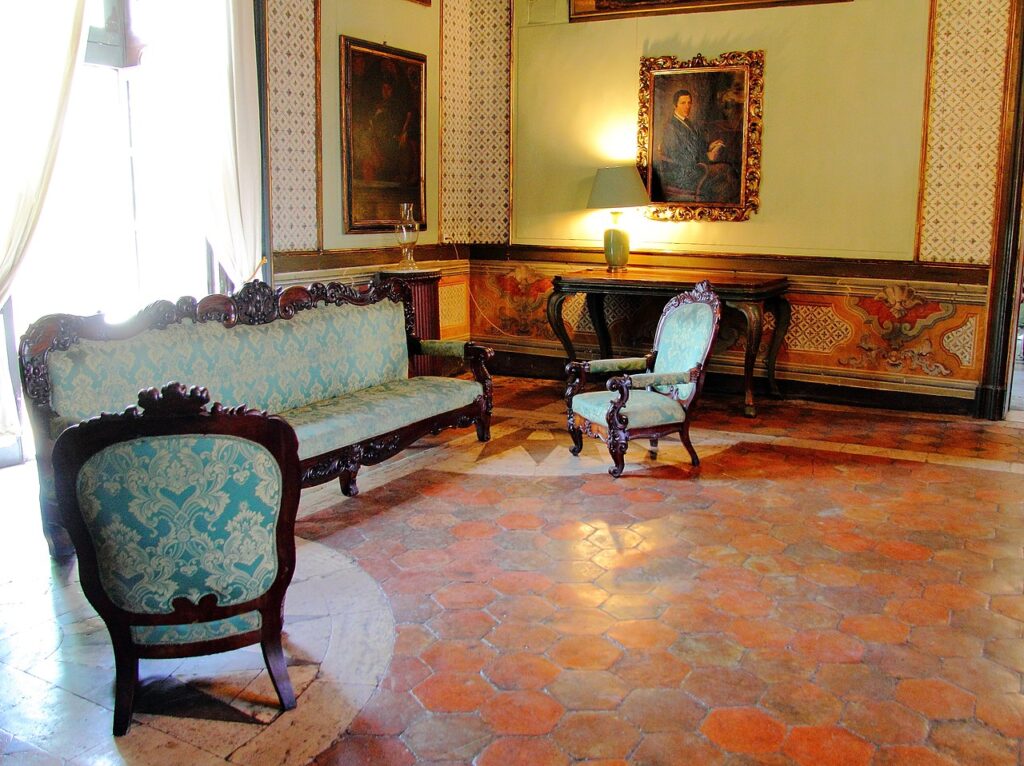
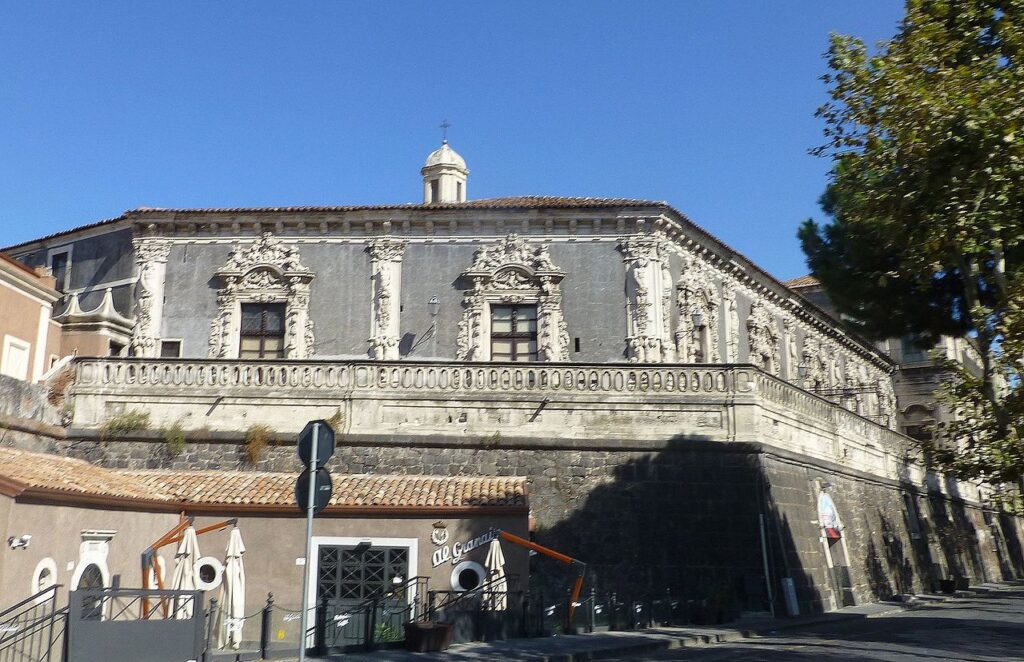
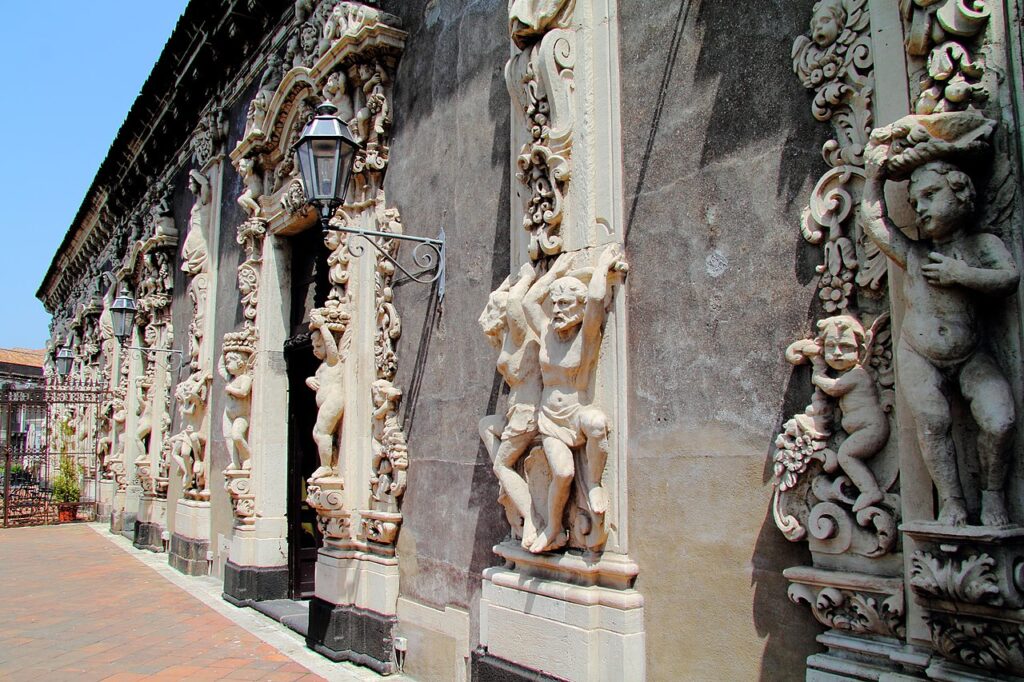
The Palace was built in Baroque style, after the earthquake of 1693 by the will of the Prince of Biscari, Ignazio Paternò Castello. The palace is really very large, in fact it consists of about 700 beautiful rooms and already at the time it housed a museum of archaeological finds found by the prince himself.
La Pescheria, the fish market in Catania
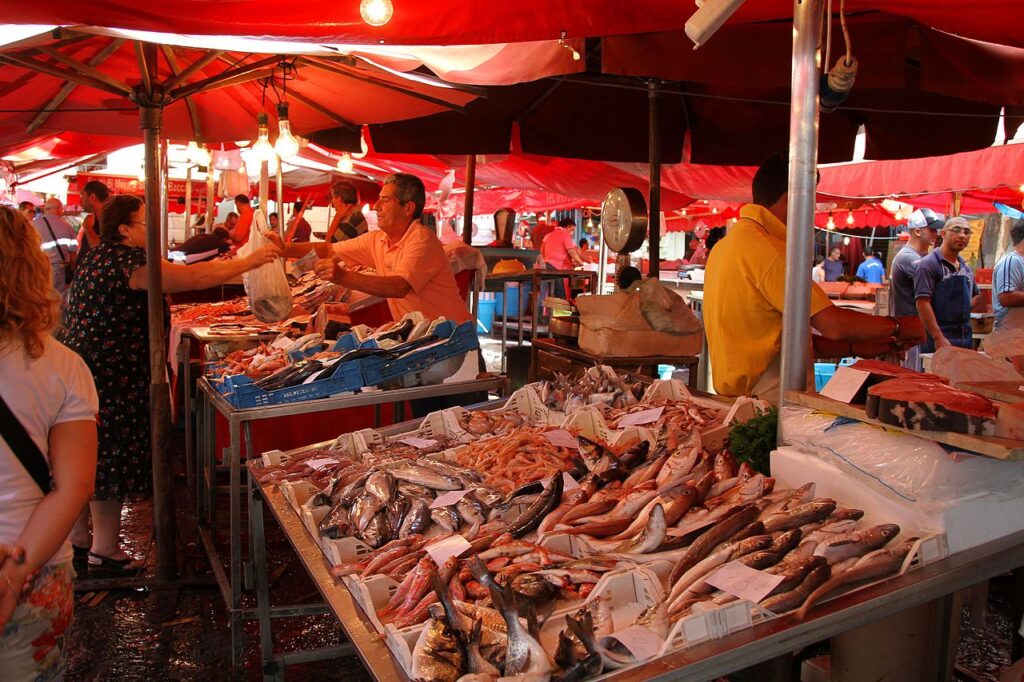
Going to visit the fish market is absolutely one of the things to see in Catania . My mother, who was a tour guide before she retired, always brought tourists here and they were always enchanted. It has been taking place here for more than 200 years and it is certainly a unique experience, which in some ways seems to take you back in time. In fact, forget the classic city markets that are orderly and not very noisy.
This market is very lively if not chaotic, but this, together with the sympathy of the sellers, makes it truly fascinating. Here you will find fresh fish as well as meat, vegetables, meats, cheeses and other products, it is definitely an experience to be had. The fish market takes place every morning except Sunday.
Tip from Topsecretsicily: If you wish, you can book a street food tour, discovering the history and culture of Catania away from the classic tourist routes. Included in the visit is, of course, the fish market.
Garibaldi Gate
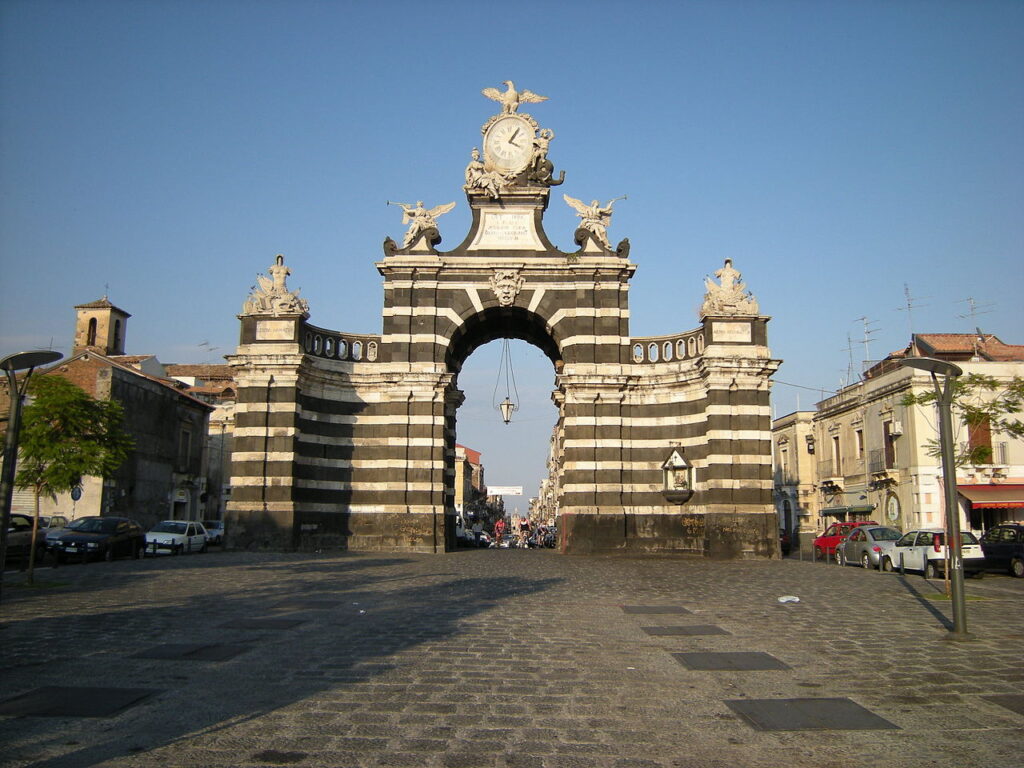
It is a triumphal arch in lava stone, with the typical dark black and white stripes, built in 1768 to celebrate the marriage between Ferdinand of Bourbon and Maria Carolina of Austria.
Ursino Castle
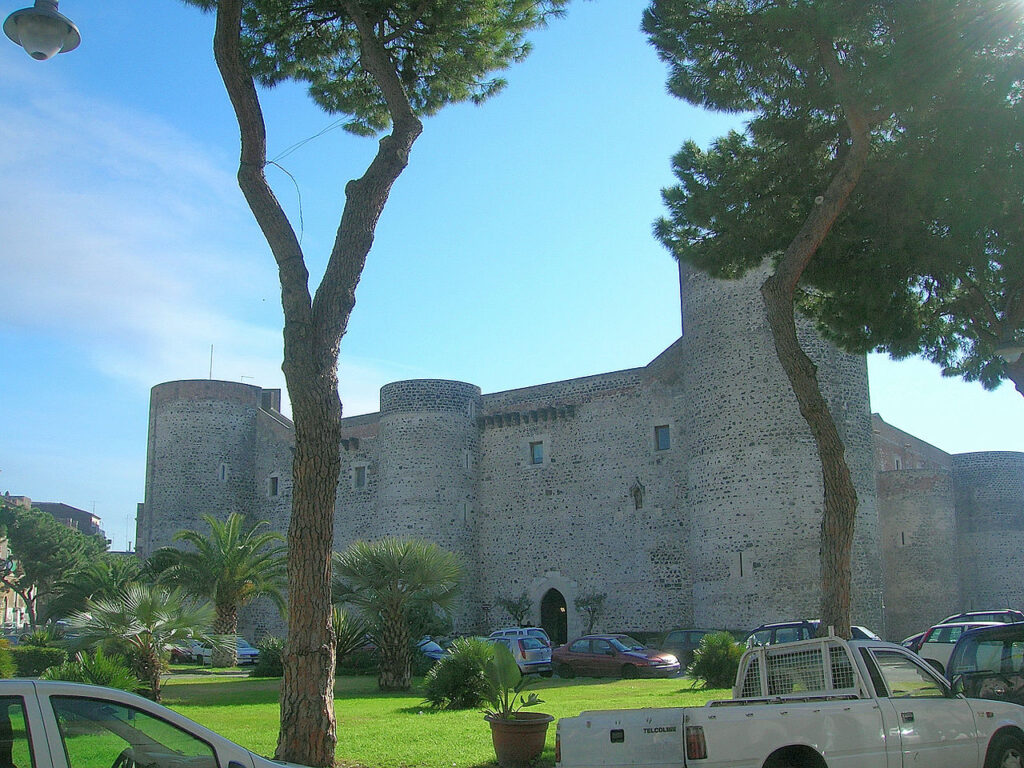
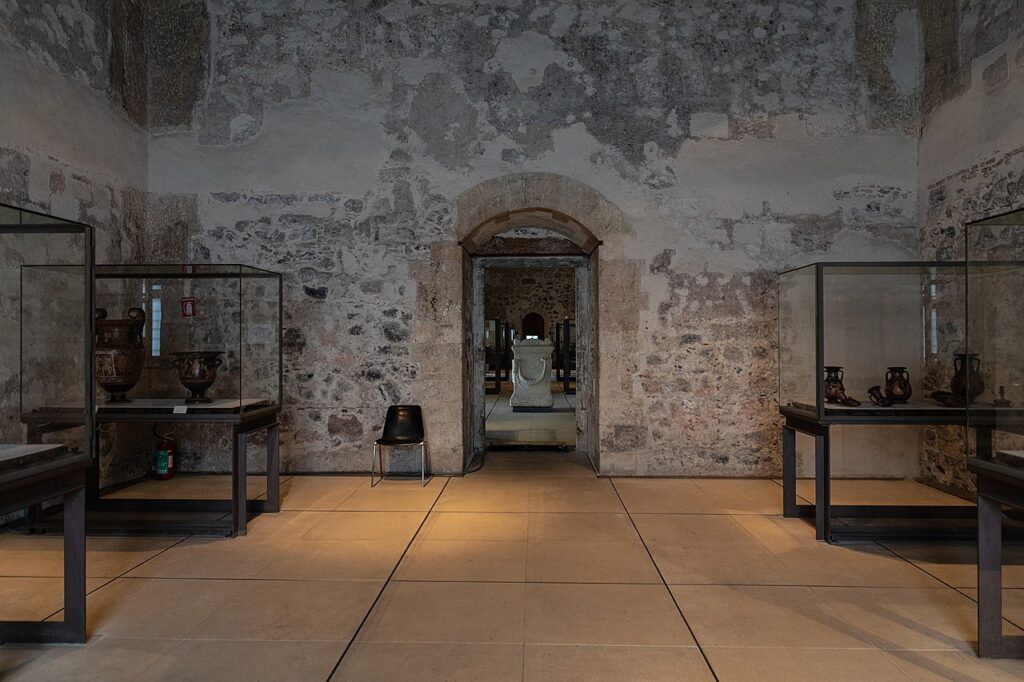
The castle was built by the will of Frederick II of Swabia in 1250 and over the centuries it was used as a residence, barracks and even a prison (the prisoners’ drawings are still visible on the walls). Just think that once the castle faced the sea, like the Maniace Castle in Syracuse. It was then the lava flow of 1669 to lengthen the coast and today the castle is surrounded only by mainland. The Ursino castle houses inside a beautiful civic museum, which preserves archaeological works from the Greek and Roman period and paintings from the fifteenth century to the nineteenth century.
Top Secret Council: Rotunda Spa

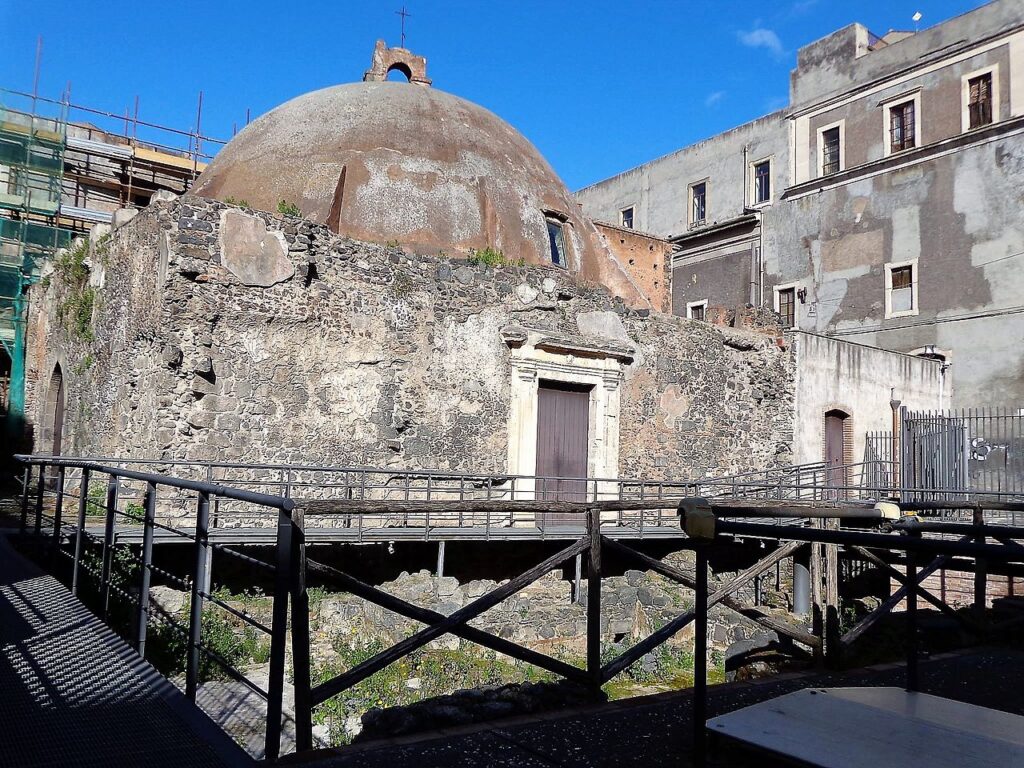
Here is a little known, top secret place to see in Catania. Here you will have the opportunity to enter the Roman baths of the first century AD, therefore about 2000 years ago. These baths are very particular, in fact they were later closed with a dome by the Byzantines, who transformed them into a small church. Indeed, Latin inscriptions and traces of Byzantine and 18th-century frescoes can still be seen today. At present, unfortunately, it can only be visited from outside.
Theater and Roman Odeon

A very original theater in lava stone, so incorporated into the eighteenth-century and nineteenth-century urban fabric, that it is only possible to see it by first passing through an ancient building . In fact, starting from the Middle Ages, construction began on top of the theater, until it almost completely disappeared. Only from the last years of the nineteenth century was this destruction put to an end and over the following years the theater was slowly brought to light, after the demolition of various buildings and restoration work.
Today the theater presents itself in all its beauty, with those buildings that now create an enchanting setting. Within this setting, precisely in the theater orchestra, there is something very particular that makes everything even more fascinating and original, a small lake .
The curious fact is that the ancient Romans had built conduits, which on the occasion of the water games, carried water from the Amenano river to the theater orchestra. Now about 2000 years later, more or less the same thing happens, with the water of the Amenano river (now underground as it is covered by lava) which, for still uncertain causes and methods, reaches the theater. It’s hard to think that the Romans have nothing to do with it ..
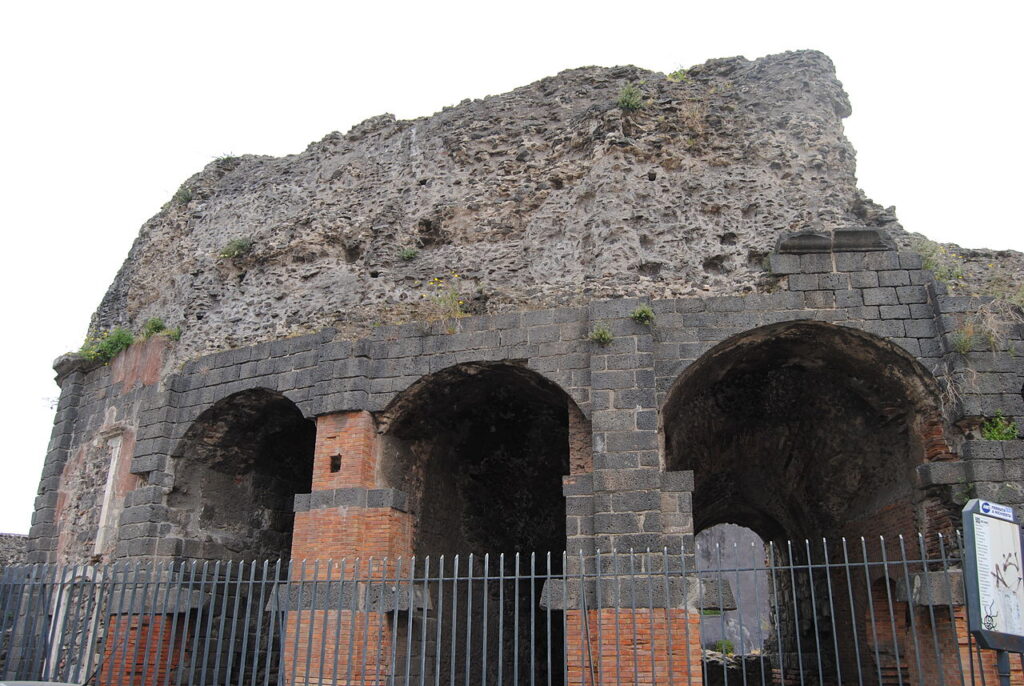
Together with the theater it will also be possible to see the nineteenth-century house of the Liberti family, which houses archaeological finds and the Roman Oden, much smaller in size and used for poetic or musical performances.
Via dei Crociferi – Catania
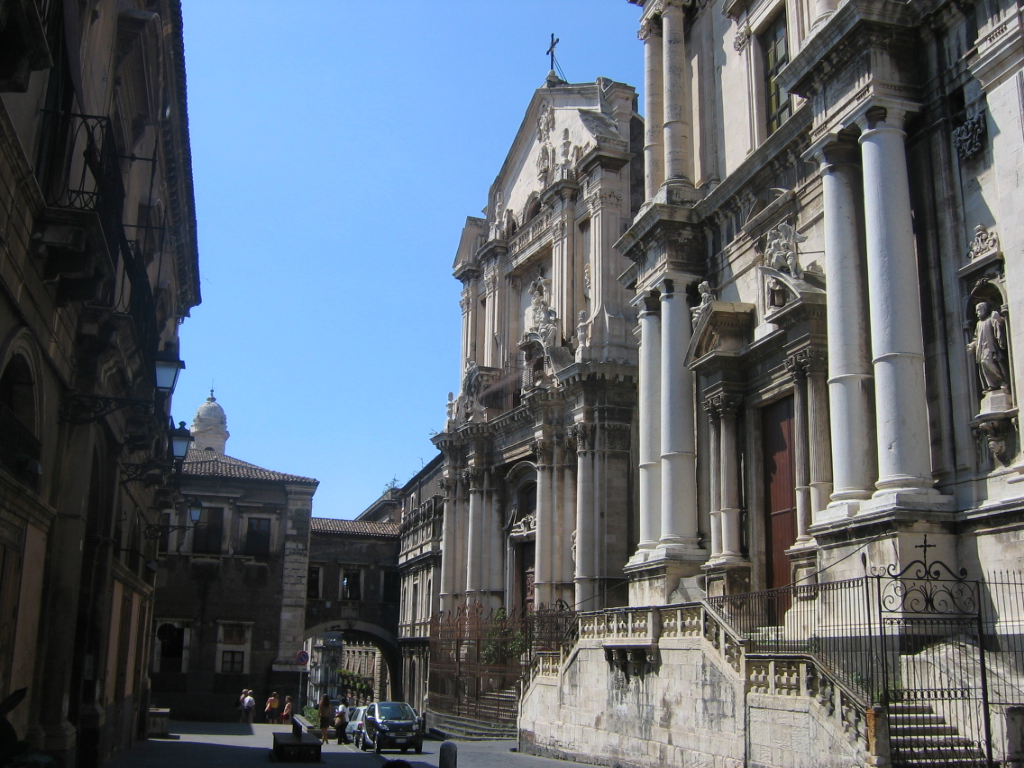
Via dei Crociferi is an ancient street located near the Roman theater, where you can admire many Baroque buildings and churches. Lately it has also been made a pedestrian zone and you will also find many small bars and restaurants along the way.
The Benedictine Monastery
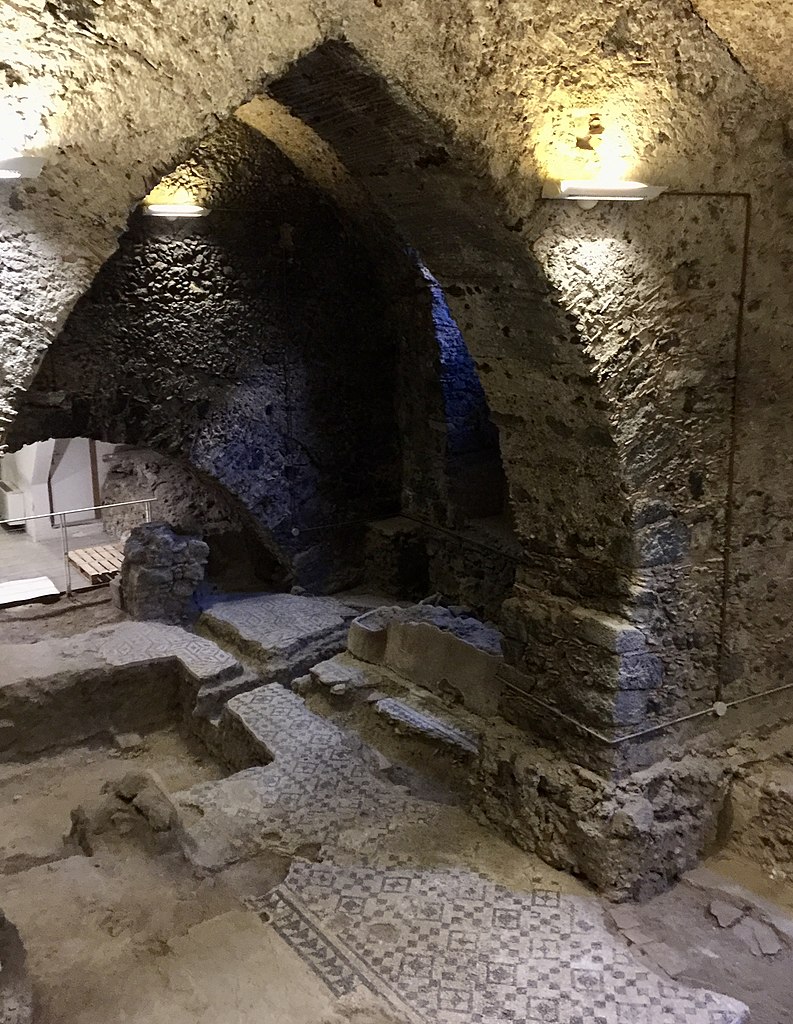
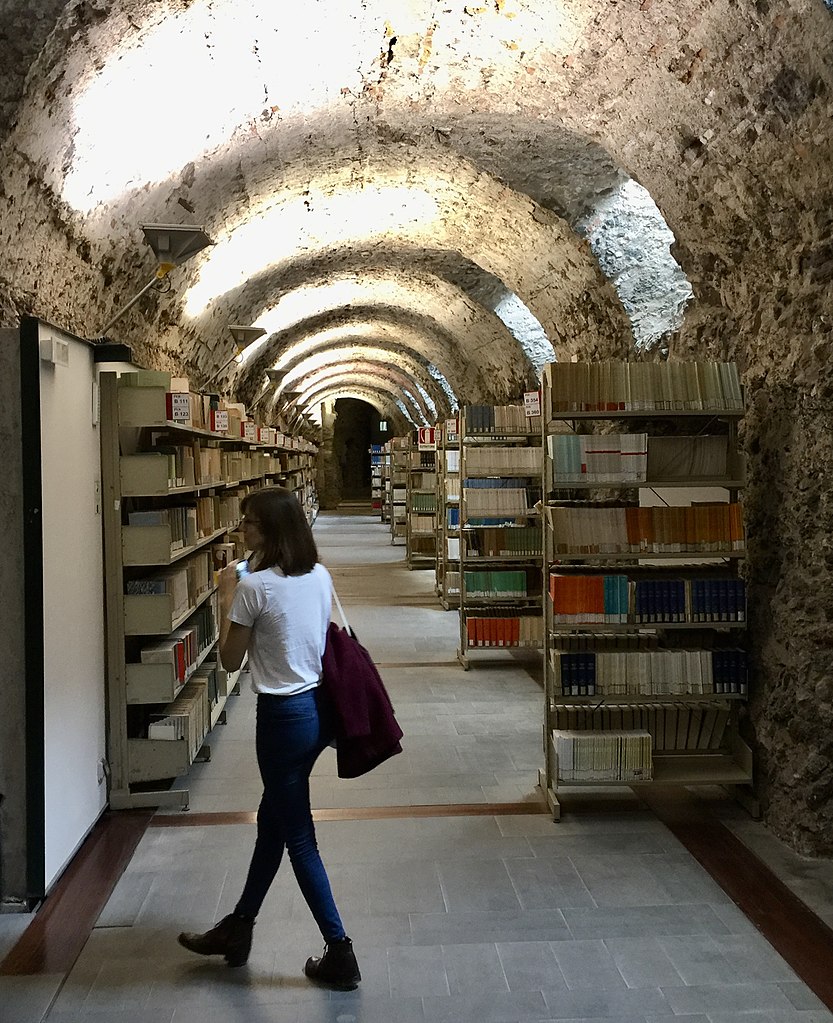
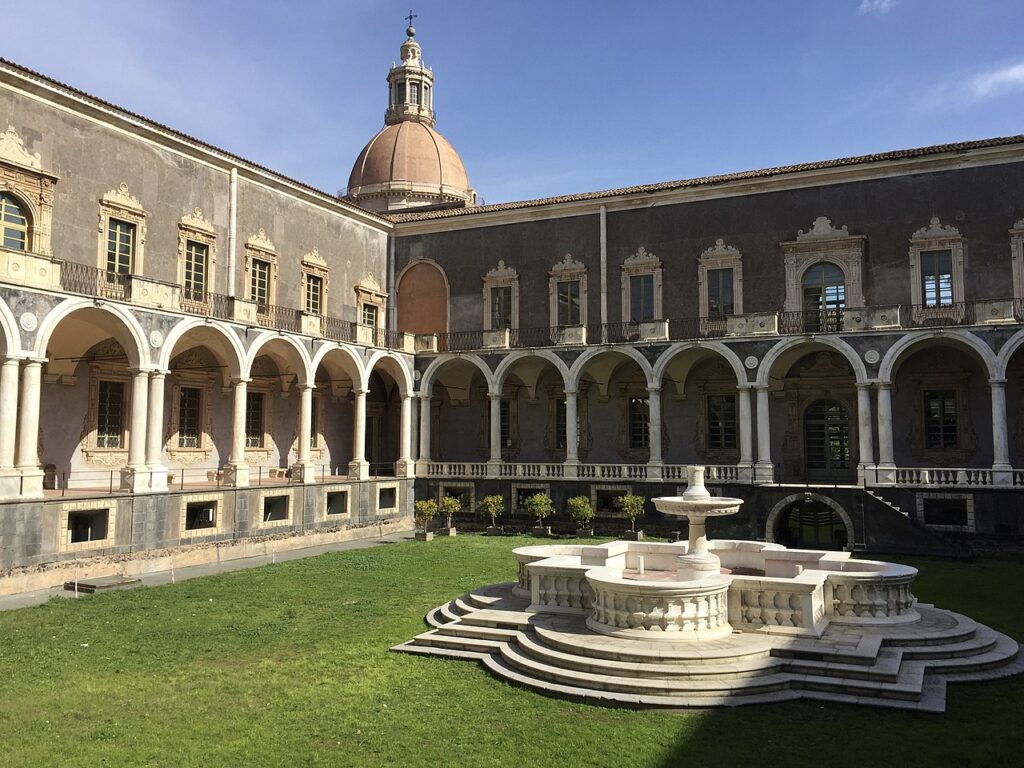

The Benedictine Monastery is truly impressive and is today the seat of the University of Catania . It was built around the middle of 1500, only to be damaged first by the lava and then by the earthquake. It was then rebuilt in the following years and today it houses a Roman domus, cloisters and a hanging garden.
Roman amphitheater of Catania
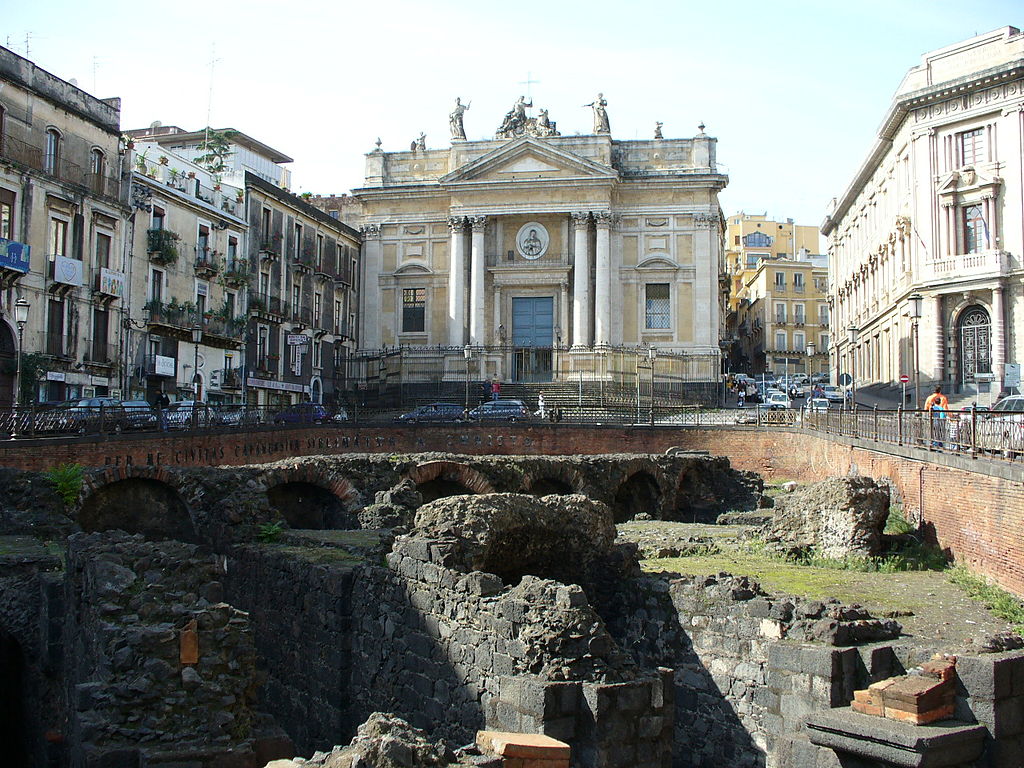
Seeing it today it is hard to think of how impressive it once was instead, in fact only a part of the ancient amphitheater from the 2nd century AD has remained to this day. I recommend that you visit it.

Via Etnea
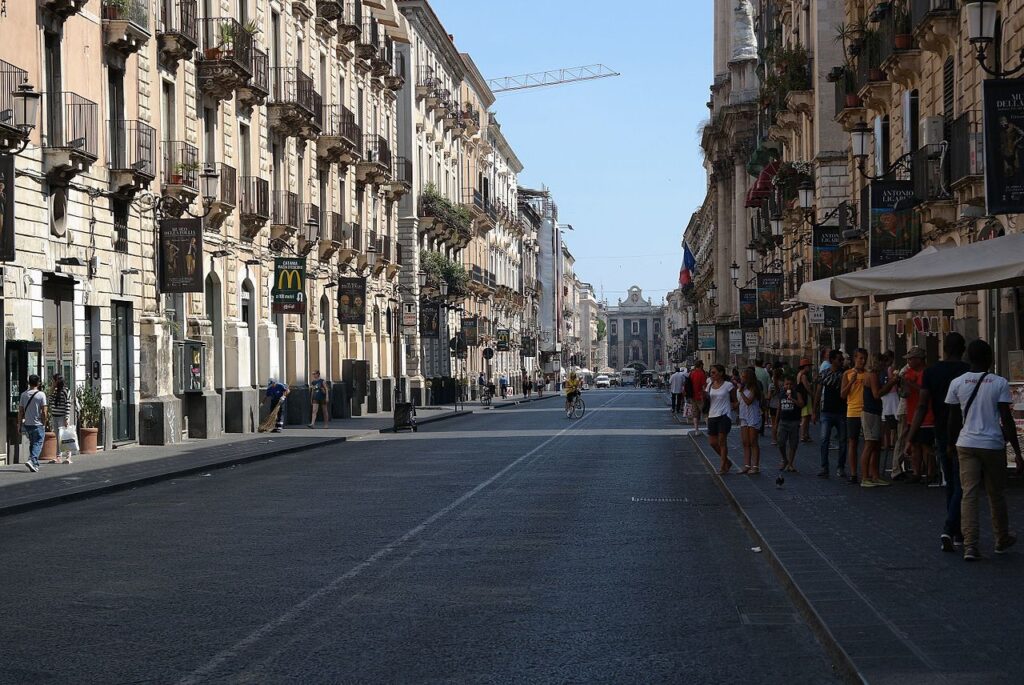
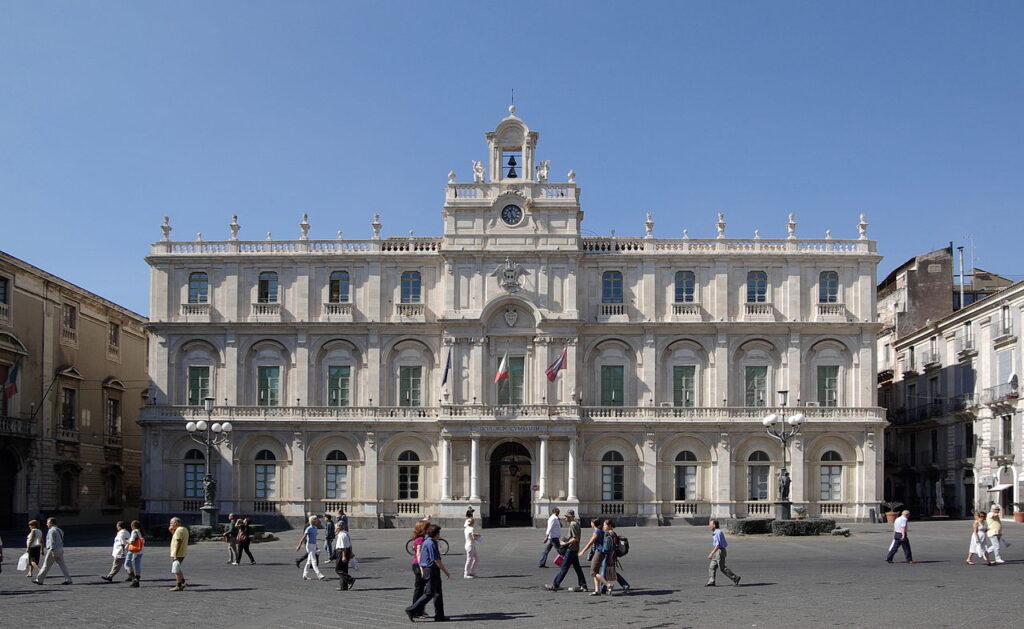
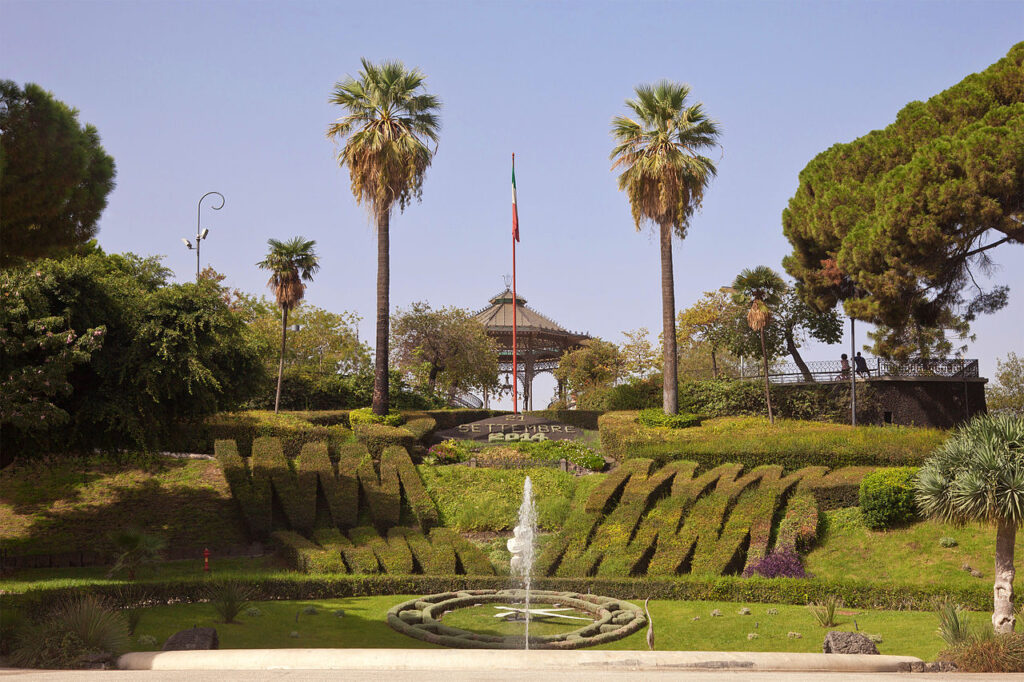
The reference to Etna is very clear, the volcano is in fact weather permitting clearly visible from here. Along this street you can admire the Collegiate Basilica built in Baroque style, the beautiful Piazza Università, not far from Piazza Duomo and the Villa Bellini, the green heart of Catania.
The dome of Badia di Sant’Agata
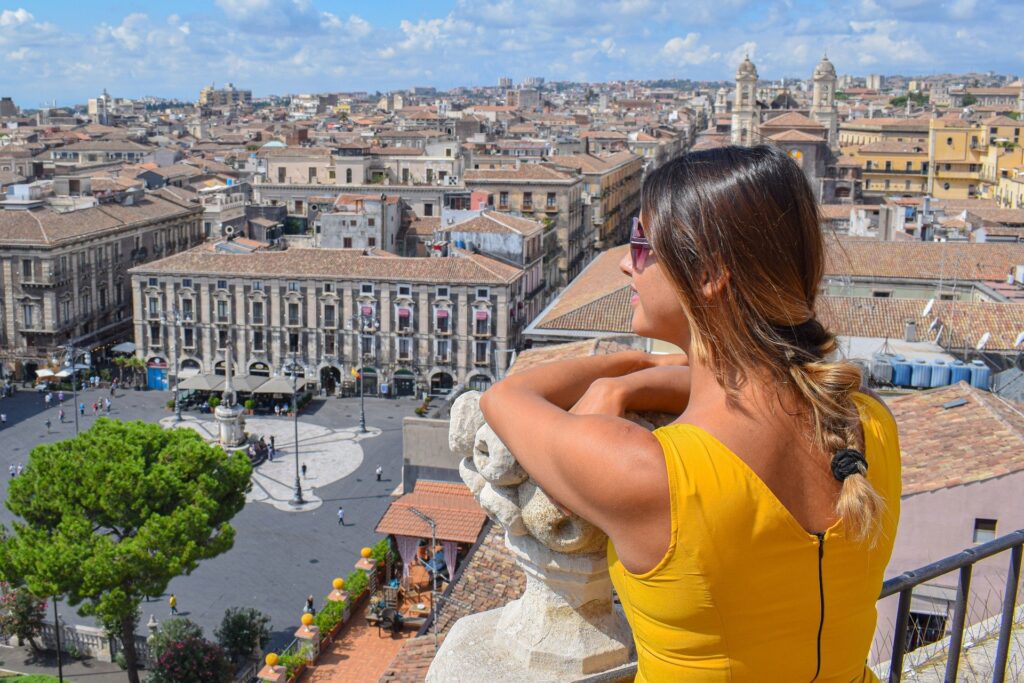
The dome has been open to the public for a few years and is definitely a must see in Catania. The beautiful Baroque church Badia di Sant’Agata offers you from the top of its dome, a breathtaking 360-degree view of Catania’s historic center, Mount Etna and the sea. If I were you, I would not miss this view.
Bellini Square and Theater
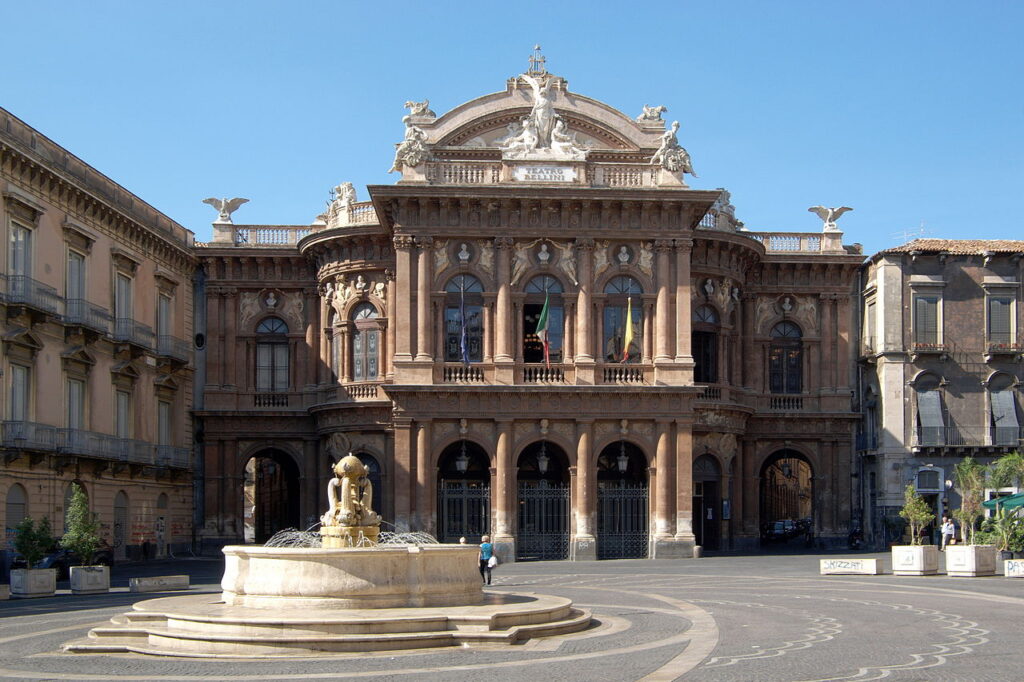
Piazza Bellini is very fascinating, overlooked by various elegant Baroque palaces and the Massimo Bellini Theater inaugurated at the end of the 19th century. In the evening in this square and in all the adjacent streets, many young people meet to spend the evenings in the various pubs and restaurants in the area.
These are the places I recommend you see in Catania. Obviously it is not possible to see everything in one day. So plan at least 2 days if you want to visit all the places described.
Most popular activities for tourists in Sicily
Where to eat in Catania
The typical dish of Catania is horse meat. If you like to try it you can go to the Camelot restaurant , near the Ursino castle. Here you can also opt for other kinds of meat, appetizers, pasta and good wine.
If you want to try some diner, like arancini for example, you can go to the Savia pastry shop , which is located in via Etna in front of Villa Bellini. In fact, here you can find not only excellent desserts but also arancini, cartocciate, cipolline and much more.
In general, however, Catania is full of restaurants, bars and pizzerias and prices are generally low or at least not as high as other cities in Italy. You can navigate by following Google reviews to choose the place best suited to your needs.
Here you find what to eat in Catania and surroundings.
Here instead i typical Sicilian dishes .
Tip from Topsecretsicily: As written above if you wish you can book a street food tour, discovering the history and culture of Catania away from the classic tourist routes. Included in the visit is, of course, the fish market.
What to see around Catania
Here you find the places to visit in Catania and surroundings.

